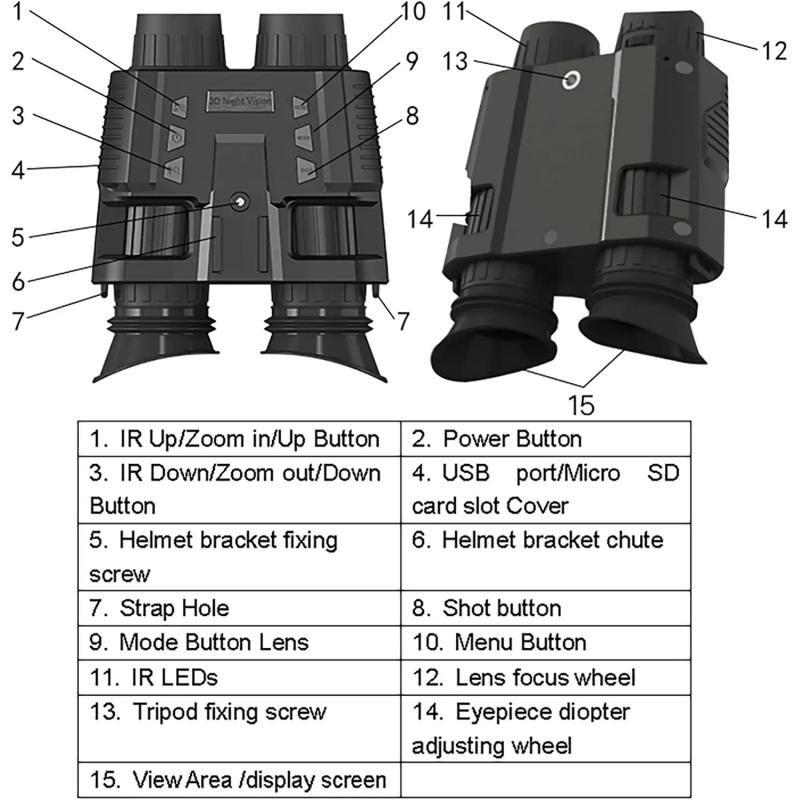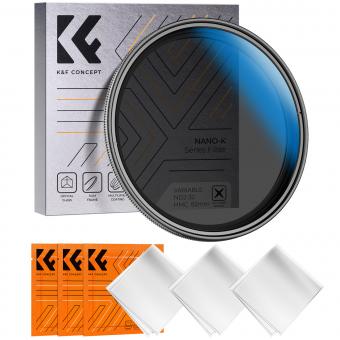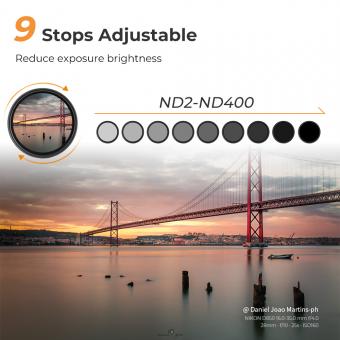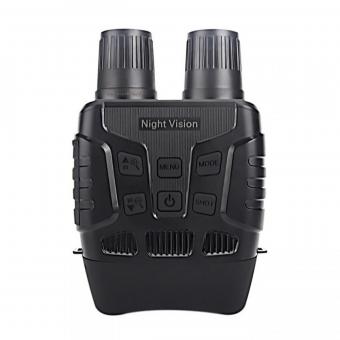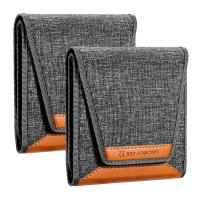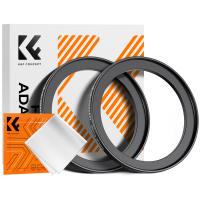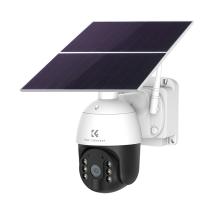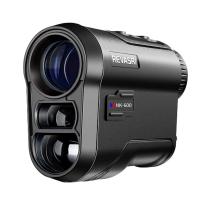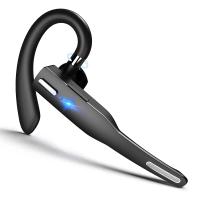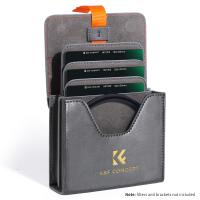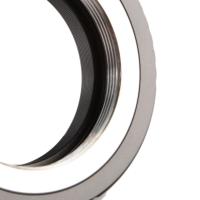Are 10x42 Binoculars Better Than 10x50 ?
The choice between 10x42 binoculars and 10x50 binoculars depends on your specific needs and preferences. 10x42 binoculars generally offer a wider field of view and are more compact and lightweight, making them easier to carry around. On the other hand, 10x50 binoculars tend to have larger objective lenses, allowing more light to enter and resulting in brighter images, especially in low-light conditions. However, they may be bulkier and heavier. Ultimately, the better option will depend on factors such as the intended use, comfort, and personal preferences.
1、 Magnification: 10x42 vs 10x50
When comparing 10x42 binoculars to 10x50 binoculars, it is important to consider both the magnification and the objective lens diameter.
In terms of magnification, both binoculars have a 10x magnification, meaning that objects will appear 10 times closer than they actually are. This level of magnification is suitable for a wide range of activities such as birdwatching, wildlife observation, and even stargazing. Therefore, there is no significant difference in magnification between the two models.
However, the objective lens diameter is where the main distinction lies. The 10x50 binoculars have larger objective lenses, measuring 50mm in diameter, compared to the 42mm lenses of the 10x42 binoculars. The larger objective lenses allow more light to enter the binoculars, resulting in brighter and clearer images, especially in low-light conditions. This can be particularly advantageous for activities such as astronomy or observing wildlife during dawn or dusk.
On the other hand, the 10x42 binoculars are generally more compact and lightweight compared to the 10x50 binoculars. This makes them easier to carry and handle for extended periods, making them a popular choice for hikers, travelers, and those who prioritize portability.
Ultimately, the choice between 10x42 and 10x50 binoculars depends on personal preferences and specific use cases. If you prioritize brighter images and don't mind the slightly larger size, the 10x50 binoculars may be the better option. However, if portability and ease of use are more important to you, the 10x42 binoculars would be a suitable choice.
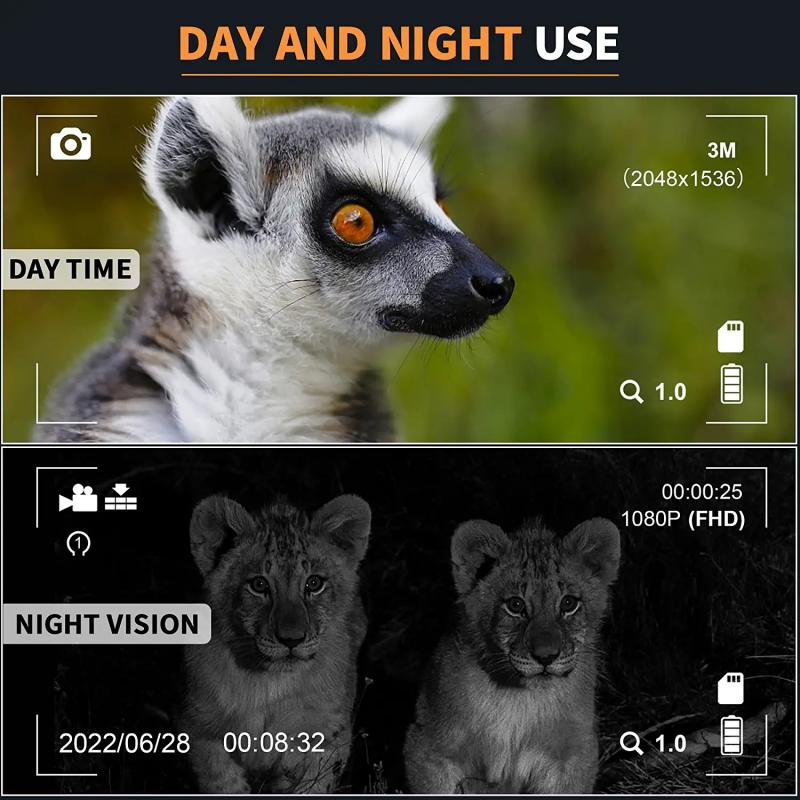
2、 Objective Lens Diameter: 42mm vs 50mm
When comparing 10x42 binoculars to 10x50 binoculars, the main difference lies in the objective lens diameter. The 10x42 binoculars have an objective lens diameter of 42mm, while the 10x50 binoculars have a larger objective lens diameter of 50mm.
The objective lens diameter plays a crucial role in determining the performance of binoculars. A larger objective lens diameter allows more light to enter the binoculars, resulting in brighter and clearer images. This can be particularly advantageous in low-light conditions, such as during dawn or dusk, or when observing distant objects.
However, it's important to note that a larger objective lens diameter also means a heavier and bulkier pair of binoculars. This can make them less portable and more challenging to carry around for extended periods. Additionally, larger objective lenses may require a tripod or other stabilization methods to achieve steady viewing, as they can be more susceptible to hand shake.
In recent years, advancements in lens coatings and optical technology have made 42mm objective lenses capable of delivering excellent image quality. These improvements have narrowed the gap between 42mm and 50mm binoculars, making the difference in image brightness less significant.
Ultimately, the choice between 10x42 and 10x50 binoculars depends on personal preferences and specific use cases. If portability and ease of use are important factors, 10x42 binoculars may be a better choice. On the other hand, if maximizing image brightness and observing in low-light conditions are top priorities, 10x50 binoculars may be the preferred option.
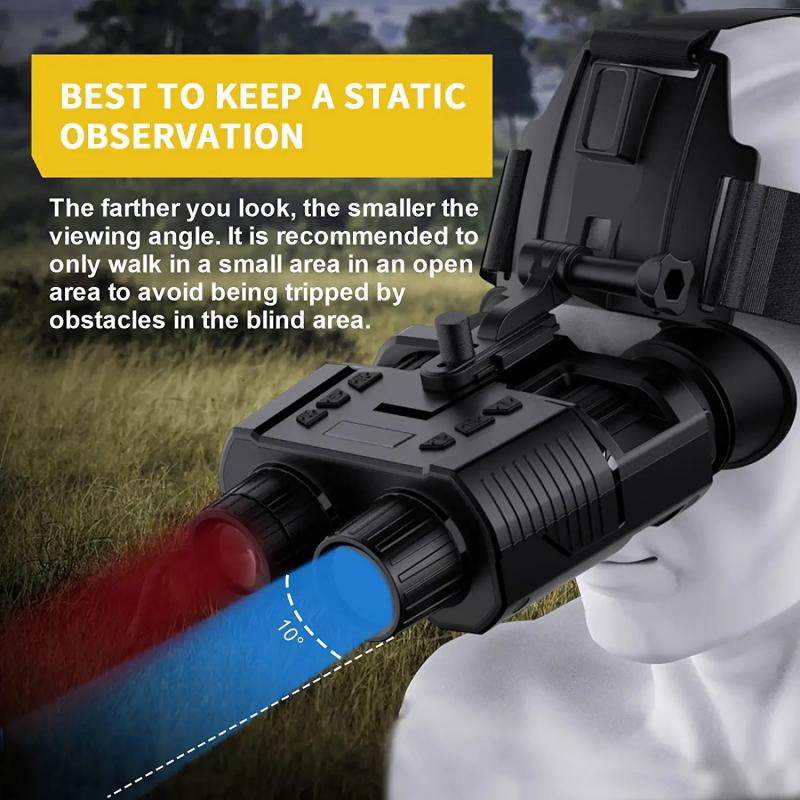
3、 Field of View: 10x42 vs 10x50
When comparing 10x42 binoculars to 10x50 binoculars, one of the key factors to consider is the field of view. The field of view refers to the width of the area that can be seen through the binoculars at a specific distance. In this case, we are comparing the field of view of 10x42 binoculars to that of 10x50 binoculars.
Generally, a larger objective lens diameter, such as 50mm in the case of 10x50 binoculars, allows more light to enter the binoculars, resulting in brighter and clearer images, especially in low-light conditions. This can be advantageous for activities like stargazing or birdwatching at dusk or dawn. However, it is important to note that larger objective lenses also make the binoculars heavier and bulkier.
On the other hand, 10x42 binoculars have a smaller objective lens diameter, which makes them more compact and lightweight. This can be beneficial for activities that require prolonged use or when portability is a priority. Additionally, 10x42 binoculars tend to have a wider field of view compared to 10x50 binoculars. A wider field of view allows for a larger area to be observed, making it easier to track moving objects or scan a landscape.
Ultimately, the choice between 10x42 and 10x50 binoculars depends on the specific needs and preferences of the user. If low-light performance and image brightness are crucial, 10x50 binoculars may be the better option. However, if portability and a wider field of view are more important, 10x42 binoculars would be a suitable choice. It is always recommended to try out different binoculars and consider personal preferences before making a decision.
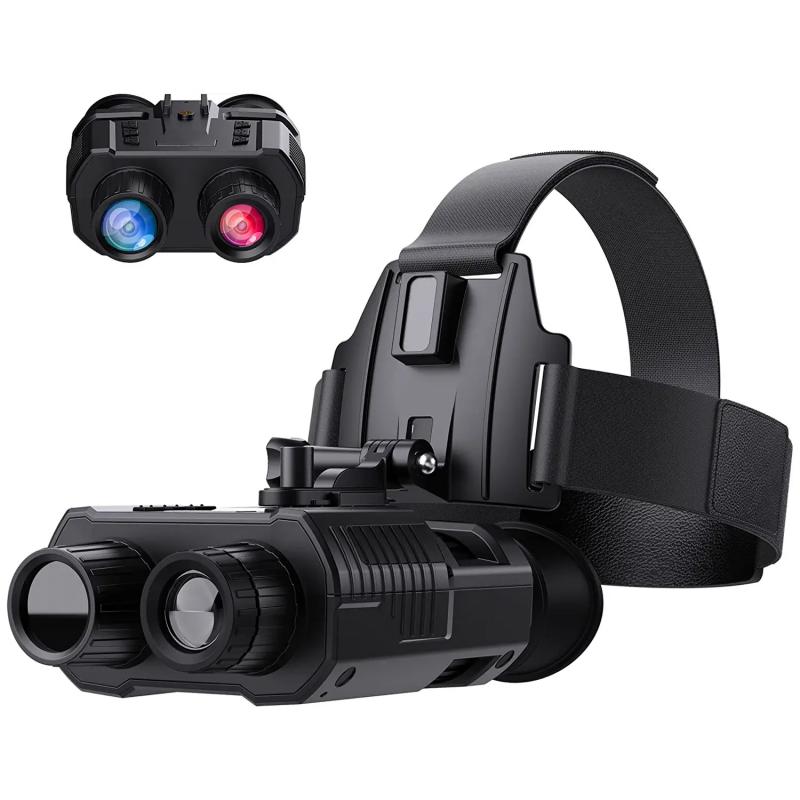
4、 Brightness and Low Light Performance: 10x42 vs 10x50
When comparing 10x42 binoculars to 10x50 binoculars in terms of brightness and low light performance, there are a few factors to consider.
Firstly, the numbers 10x42 and 10x50 refer to the magnification power and the objective lens diameter respectively. The larger the objective lens diameter, the more light it can gather, resulting in a brighter image. In this case, the 10x50 binoculars have a larger objective lens diameter, which means they have the potential to provide a brighter image in low light conditions.
However, it's important to note that brightness is not solely determined by the objective lens diameter. Other factors such as lens quality, lens coatings, and prism design also play a significant role. High-quality 10x42 binoculars with advanced lens coatings and prism design can often provide comparable brightness to 10x50 binoculars.
Additionally, larger objective lenses also mean heavier and bulkier binoculars. This can make them less portable and more challenging to handle for extended periods. On the other hand, 10x42 binoculars are generally more compact and lightweight, making them easier to carry and use for extended periods.
In recent years, there have been advancements in lens technology, including improved lens coatings and prism designs, which have further narrowed the gap in brightness and low light performance between 10x42 and 10x50 binoculars. These advancements have allowed some 10x42 binoculars to provide excellent low light performance, rivaling that of 10x50 binoculars.
Ultimately, the choice between 10x42 and 10x50 binoculars depends on personal preferences and specific use cases. If low light performance is a top priority and the weight and size are not a concern, 10x50 binoculars may be the better choice. However, if portability and ease of use are important factors, high-quality 10x42 binoculars can provide comparable performance in a more compact package.
